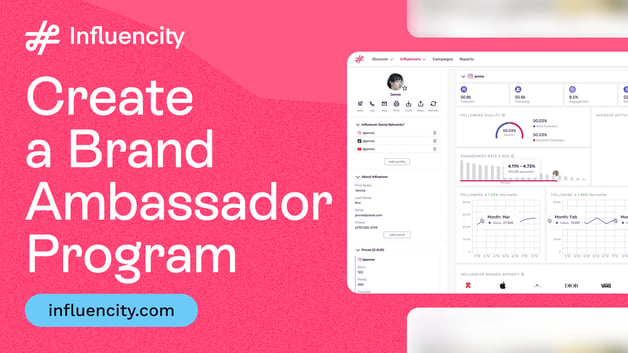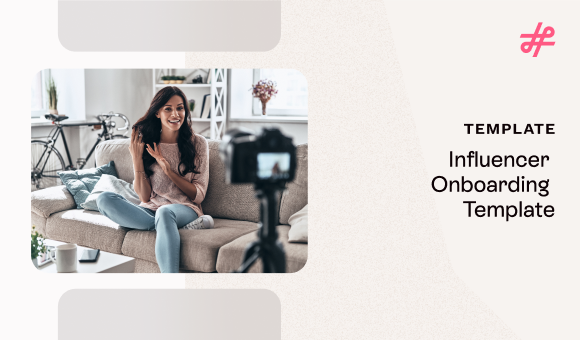Why Google Ads Campaigns Are Key for a Well-Rounded Influencer Marketing Strategy
Google Ads and influencer marketing are two powerful tools that, when used together, can enhance campaign effectiveness and ROI. Here’s why integrating Google Ads into your influencer strategy is a winning formula:

Benefit 1: Enhanced Reach and Visibility
Google’s reach spans over 90% of internet users globally, offering visibility that complements influencer campaigns. While influencers can introduce your brand to a niche audience, Google Ads extends the brand’s reach to audiences actively searching for related products or services, expanding potential leads and conversions.
Benefit 2: Reinforcement Through Multi-Channel Engagement
A multi-channel approach, where audiences encounter your brand across both Google and influencer platforms, builds familiarity and trust. Research shows that customers need multiple touchpoints before converting, so consistent exposure across Google Ads and social media can enhance brand recall and improve conversion rates.
Benefit 3: Higher Conversion Rates with Retargeting
Retargeting users who engage with influencer content through Google Ads encourages them to revisit your brand and complete their purchase journey. Data from Retargeter shows that retargeted users are 70% more likely to convert, making retargeting through Google Ads a key strategy for brands aiming to capture interest generated by influencers.
Benefit 4: Data-Driven Optimization
Google Ads’ analytics and tracking tools provide insights that can guide influencer selection and message refinement. Metrics like conversion rates, click-through rates, and demographic insights reveal what resonates with your audience, allowing for more targeted influencer partnerships in the future.
Benefit 4: Cost-Effective Complement to Influencer Content
Running Google Ads alongside influencer campaigns allows you to maximize visibility without solely relying on costly partnerships. Influencers introduce the product authentically, while Google Ads reinforce the message through cost-effective search and display ads, ensuring efficient use of your marketing budget.
Integrating Google Ads Strategy with Influencer Content: Best Practices
Now that you understand the importance of Google Ads in influencer strategies, let’s explore best practices for seamless integration:

Boost Influencer Content Visibility with Google Ads
Leveraging Google Ads can significantly increase the reach of influencer-generated content, especially with Retargeting and Custom Audiences.
- Retargeting Ads: Once an influencer has posted content about your product, use Google’s retargeting capabilities to reach users who have interacted with similar posts on social media. This type of ad reminds users to take further action, like visiting your site or purchasing, ensuring that the content doesn't just get a like or a comment but a potential conversion.
- Custom Audiences: Build audiences that mirror the influencer's followers by targeting similar demographics, interests, and online behaviors. This reinforces the influencer’s message and extends it across Google’s display network. According to Google’s data, brands can experience a 50% higher brand awareness when combining social engagement with Google retargeting ads.
Pro Tip: By layering in retargeting with custom audience settings, you can expand reach to look-alike audiences, giving your campaign a broader yet precise focus.
Coordinate Keywords to Strengthen Campaign Cohesion
Creating synergy between Google Ads and influencer marketing campaigns ensures that your content stays relevant and appears prominently in searches.
- Align Keywords with Influencer Language: Track common keywords, phrases, and hashtags influencers use for your product, then incorporate them into Google Ads. This step aligns search intent with the language users are already seeing on social media, boosting the likelihood that your ads will capture their attention.
- Optimize Landing Pages: When an influencer directs their followers to your landing page, ensure it mirrors the keywords, tone, and visuals used in the influencer’s content. Consistency here is essential—73% of users report that their buying decisions improve when they find consistency between a brand’s ad and landing page .
Repurpose Influencer Content in Google Display Ads
Repurposing influencer content on Google’s display network builds brand authenticity by reusing familiar visuals.
- Display Ad Formats: Google’s display ads allow for creative flexibility. Request permission from influencers to repurpose content they’ve created, whether photos or videos, as ad visuals. For example, Coca-Cola’s “Share a Coke” campaign successfully repurposed influencer-created images across display ads to drive massive engagement.
- Dynamic Visual Ads: Leverage Google’s variety of dynamic formats (carousel, video ads, etc.) to make ads more engaging. These formats attract higher engagement rates, with video ads alone generating up to 89% higher engagement than static display ads.
Track and Measure Results with Cross-Platform Analytics
Precise tracking is essential to refining and scaling your Google Ads and influencer campaigns.
- Use UTM Tracking: Adding UTM parameters to both Google Ads and influencer links helps capture data on where users are coming from and how they engage with your brand across channels.
- Cross-Channel Insights: Comparing engagement data between Google Ads and social platforms reveals which campaign messages resonate most. For example, if influencer-generated content performs better in certain keywords, you can adjust ad copy to reflect those phrases.
Create a Unified Campaign Theme Across Channels
A strong, unified theme helps solidify your brand message across multiple channels.
- Consistent Branding: Sync up Google Ads and influencer content in terms of tone, visual elements, and calls-to-action (CTA). For example, if an influencer campaign promotes the hashtag #EcoFriendlyBeauty, echo this message in Google Ads. According to Lucidpress, consistent branding across channels can increase brand recognition by up to 80%.
- Unified CTAs and Hashtags: A coordinated CTA, such as “Explore more eco-friendly options” across social and paid search, reinforces campaign objectives and directs users toward desired actions.
3 Case Studies on to Build a Google Ads Strategy that aligns with Your Influencer Marketing in the Beauty Sector
Here are three case studies where brands successfully integrated Google Ads with influencer strategy to expand reach and engagement across platforms:
Case 1: Sephora’s Omnichannel Success with Influencers and Google Ads
Sephora’s multi-channel marketing strategy combines influencer partnerships with Google Ads retargeting to maximize visibility. Sephora collaborates with influencers on YouTube and Instagram, particularly through tutorial videos, to engage potential customers authentically.
Following influencer content, they use Google Ads to retarget viewers who watched these tutorials, maintaining brand visibility and reinforcing key messages across different touchpoints. This approach allowed Sephora to consistently engage audiences, contributing to its $37.2 billion market value and positioning it as a leader in beauty retail by driving higher conversions from users exposed to both influencer and retargeted content.
Case 2: Glossier’s Data-Driven Expansion with Google Ads and Influencers
Talking about another beauty brand, Glossier’s strategic partnership with Sephora in 2023 marked a turning point for the brand, which previously relied on direct-to-consumer (DTC) sales. Alongside in-store exposure, Glossier leverages Google Ads and influencer content to create a seamless multi-platform experience.
Through Google’s Custom Audiences feature, Glossier built targeted campaigns to reach audiences interested in beauty, tapping into data from both Google Ads and influencer engagement metrics. This combination boosted their click-through rates by 40% while driving increased engagement from both online and in-store shoppers. This shift improved Glossier’s overall customer acquisition and demonstrated how Google Ads could reinforce influencer efforts across platforms
Case 3: Charlotte Tilbury’s Market Growth with Google Ads and Sephora Collaboration
Charlotte Tilbury expanded its reach by partnering with Sephora and utilizing Google Ads to enhance visibility. The brand launched its products at Sephora with exclusive early access for Sephora customers, which was promoted through both Google Ads and influencer campaigns across social media.
This dual strategy allowed Charlotte Tilbury to reach a broader audience, building a loyal customer base beyond luxury department stores. Their success with this integrated approach led to Charlotte Tilbury’s acquisition by Puig, further expanding its global reach and brand prestige
Key Takeaways for Optimizing Google Ads and Influencer Strategies Together
- Retarget with Precision: Boost influencer content visibility using Google Ads retargeting to keep your brand top-of-mind.
- Coordinate Keywords: Align keywords from influencer content with Google Ads for a seamless brand experience.
- Repurpose Content: Use influencer-created visuals for Google Display Ads to leverage familiarity and trust.
- Analyze Data Across Platforms: Use UTM tracking to measure and optimize cross-platform performance.
- Unified Messaging: Ensure consistent branding, hashtags, and CTAs across channels.
Integrating Google Ads with influencer campaigns not only strengthens your brand’s visibility but also enhances your engagement potential. By creating a cohesive experience for consumers, brands can foster a connection that bridges social media influence and actionable marketing, driving substantial results across multiple platforms.
Tags:














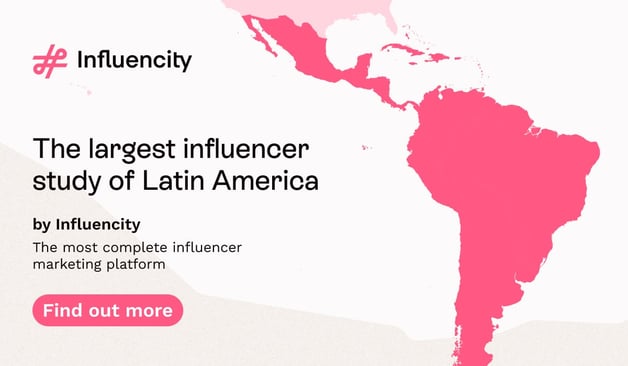


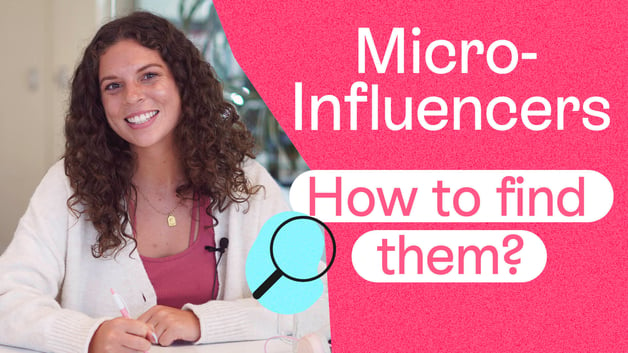


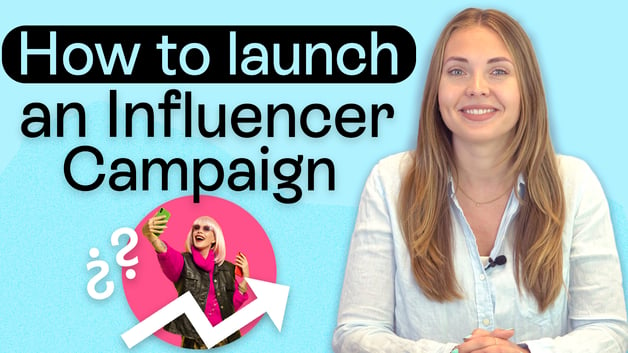



%20and%20How%20Can%20They%20Benefit%20Your%20Brand%20article.jpg?length=628&name=What%20Are%20Key%20Opinion%20Leaders%20(KOL)%20and%20How%20Can%20They%20Benefit%20Your%20Brand%20article.jpg)

